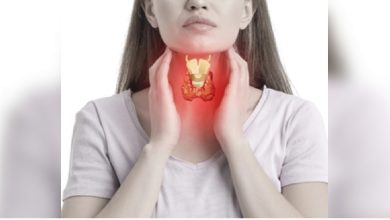
Scientists have developed a new injectable cell therapy to treat osteoarthritis that they say reduces inflammation and also regenerates the cartilage.
Osteoarthritis affects over 520 million people worldwide who deal with pain and inflammation. It is typically induced by mechanical or traumatic stress in the joint, leading to damaged cartilage that cannot be repaired naturally.
“We studied what goes wrong in osteoarthritic joints, compared these processes to functional environments, and used this information to develop an immunotherapy cell treatment,” said lead author Johanna Bolander of Wake Forest Institute for Regenerative Medicine (WFIRM) in the US.
Osteoarthritis is a disease of the joint system. The joint includes a synovial membrane—a connective tissue that lines the inner surface of the joint. The membrane functions to protect the joint and secretes a lubricating fluid filled with cell elements needed to maintain a healthy environment and to provide friction free movement.
In healthy joints when an injury occurs, the body recruits an army of inflammatory cells and sends them to the injury site to contribute to cleaning of the damaged tissues. However, in the osteoarthritic joint, a traumatic injury leads to inflammation of the synovial membrane and cartilage damage.
“With time, the inflammation worsens, leading to degradation of the cartilage lining the joint bones and chronic inflammation in the surrounding tissues. For patients, this causes severe pain, swelling and often limits daily activities,” said study co-author Gary Poehling, an orthopedic surgeon at Atrium Health Wake Forest Baptist.
The study, published in the journal Science Advances, set out to investigate what is taking place in the osteoarthritic joint environment that keeps the healing process from happening.
The team isolated cells from the joint fluid of osteoarthritic patients, separated the cells from the fluid and investigated them alone, but also in the presence of the autologous fluid.





